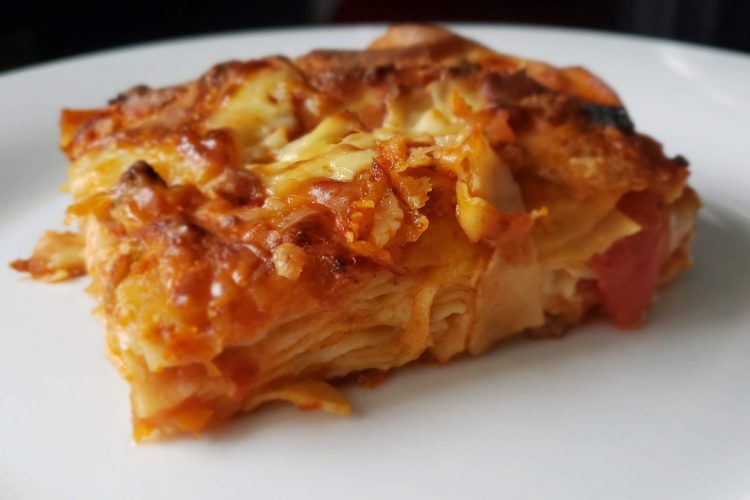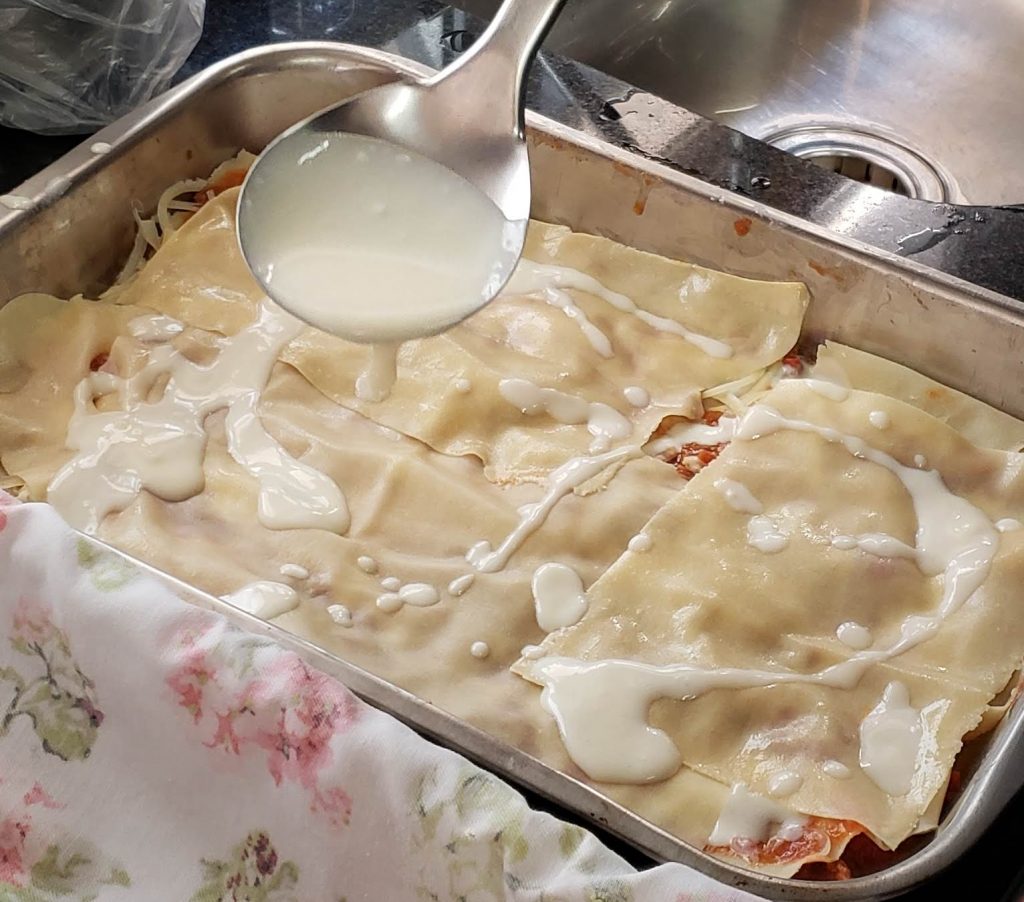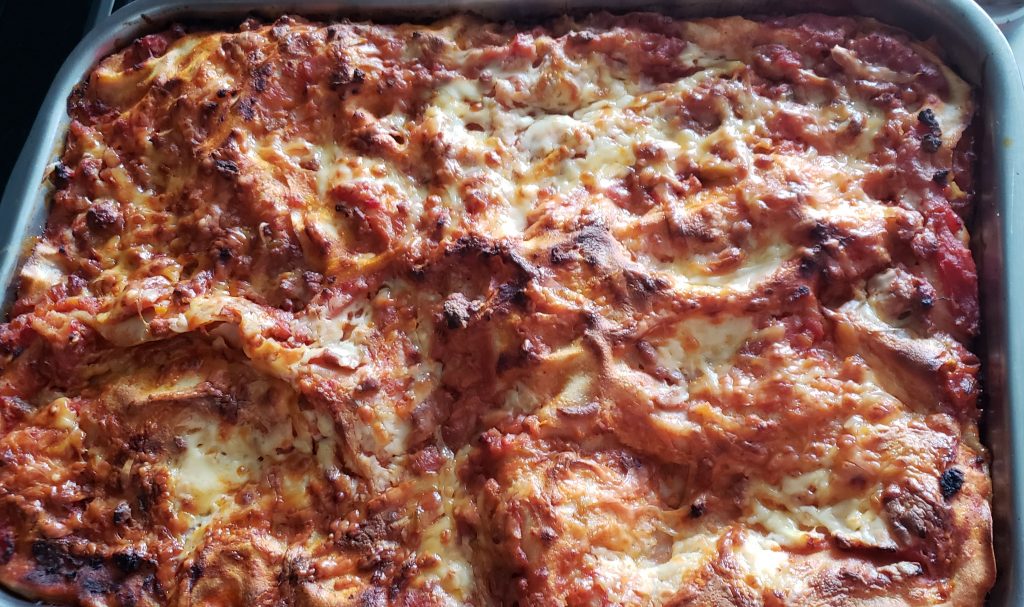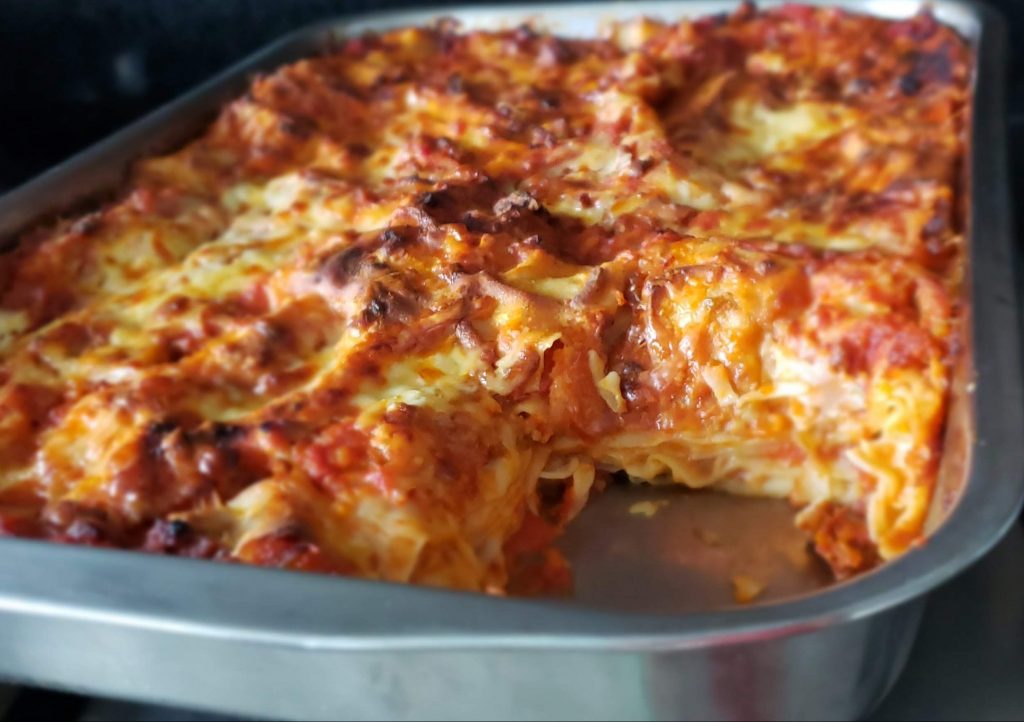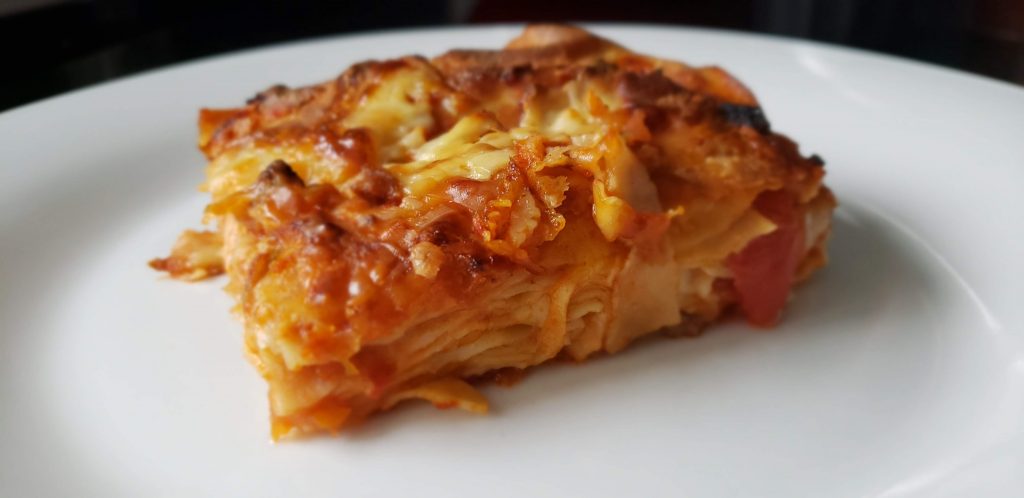I’ve made and eaten a lot of versions of lasagna in the United States. Usually, they were made with ricotta and mozzarella cheeses with either vegetable béchamel, meat or marinara sauce. While I liked them, I always came away from the table feeling as if I ate too heavy a meal soon after.
Last December, at a Christmas pot-luck, my friend, Carol, a professionally trained chef, made a version of lasagna that simply melted in my mouth and left me craving for more. It was light, yet rich in flavor. I brought some left-over lasagna home and my kids couldn’t stop talking about how good it was. Even my daughter, who dislikes meat lasagna, loved it!
Carol was kind enough to share her recipe and even showed me how she makes her home-made noodles (I promise to share this too with you in another blog). Oh, for the want of a pasta machine!
She uses a homemade bolognese and makes a medium-thick bechamel and freshly grated parmesan over her homemade lasagna noodles. Oh. My. God. I can not stress enough how fantastic the result is. There is no ricotta or mozzarella to make you feel heavy.
Please see the recipes I have posted for both the medium-thick béchamel sauce and either Carol’s traditional bolognese or my version of meaty bolognese (which is the same concept, but with both ground meat and larger, tender bits of meat).
It is important to note that the bolognese sauce can be made ahead in large quantities and frozen in quart-sized freezer bags (labeled and dated) or stored in the refrigerator for up to a week.
The béchamel sauce can be made as you are waiting for the water to boil for the pasta. I generally boil the lasagne noodles for 2-3 minutes to slightly soften them so that I can easily cut them as I layer the lasagne.
Hands-on time: 25 minutes (If you made the bolognese ahead and are using store-bought noodles).
Cooking time: 30 minutes
Yield: 12 servings
ingredients
- 5-6 cups (1 1/2 liter) bolognese sauce
- 3 cups medium-thick béchamel
- 9 ounces freshly grated parmesan
- 1 pound (500 g) (or more if your pan is larger than 9×13 inches) lasagna noodles
- 1 tablespoon salt, for boiling lasagna noodles
- 1 tablespoon olive oil, for boiling lasagna noodles
Click here to get the recipe for traditional bolognese.
Click here to get the recipe for my meaty bolognese.
Click here to get the recipe for the medium-thick béchamel sauce.
INSTRUCTIONS
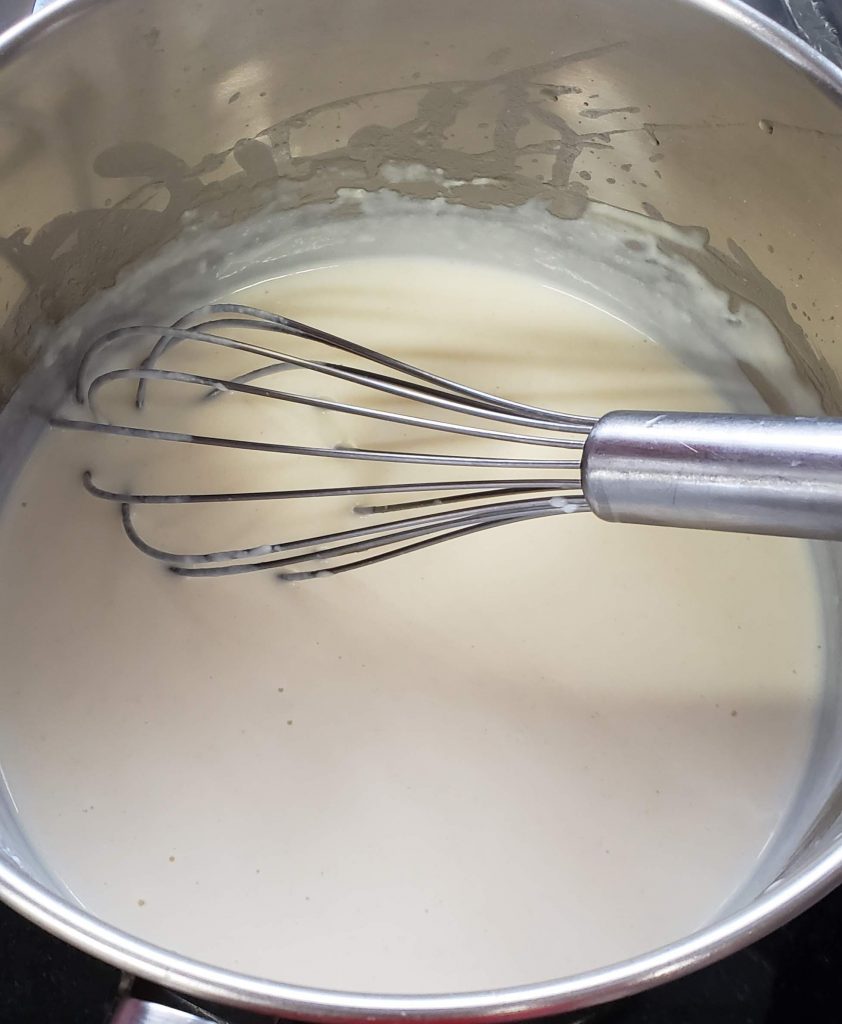
medium-thick bechamel 
boiled, cooled noodle on cotton cloth 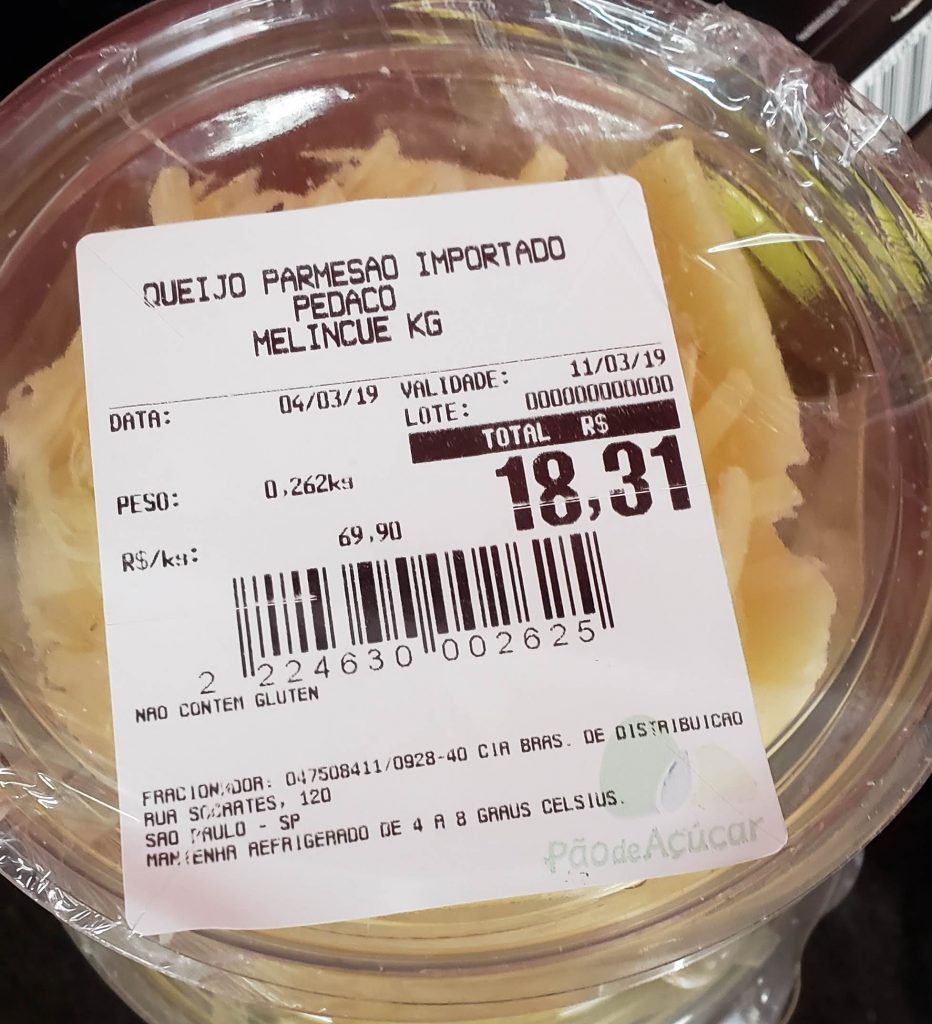
9 ounces grated parmesan 
sauce thickens as it cooks
1.Set a 5-quart pan of water to boil.
2. Add 1 tablespoon of salt and 1 tablespoon of olive oil to the water after it comes to a boil.
3. Cook the lasagna noodles (yes, even the no-cooking required ones) for 2-3 minutes if store-bought or for less than 1 minute, if fresh. Fresh noodles float to the top when cooked. Do not overcook.
4. Place cooked noodles in an ice water bath and then set out on to a cotton dishcloth to absorb excess moisture.
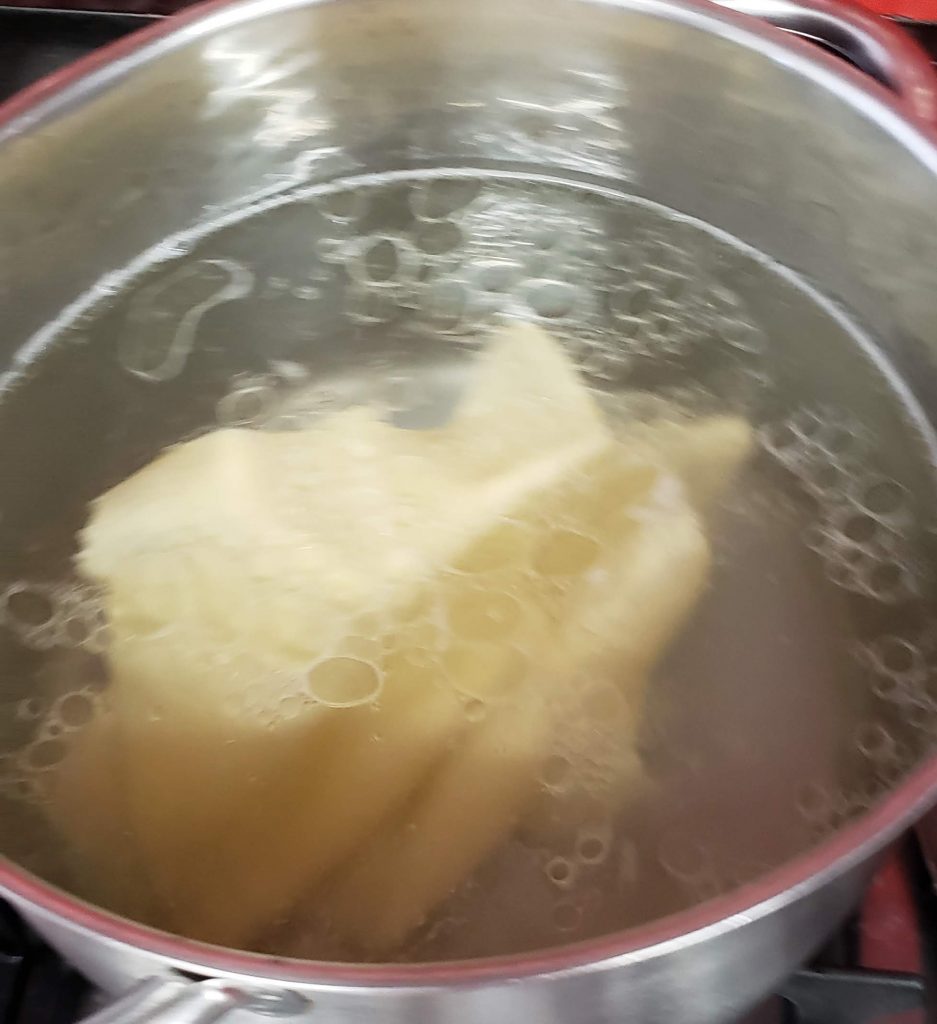
Fresh noodle floats to top when cooked 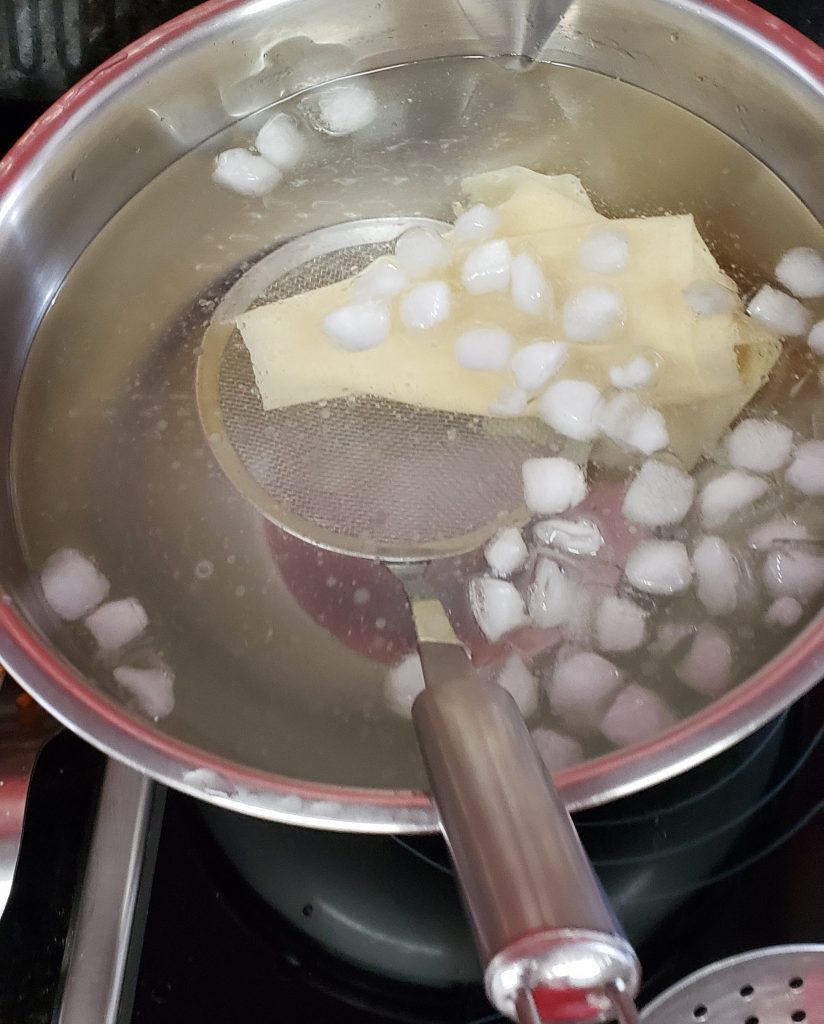
ice water bath to help stop cooking 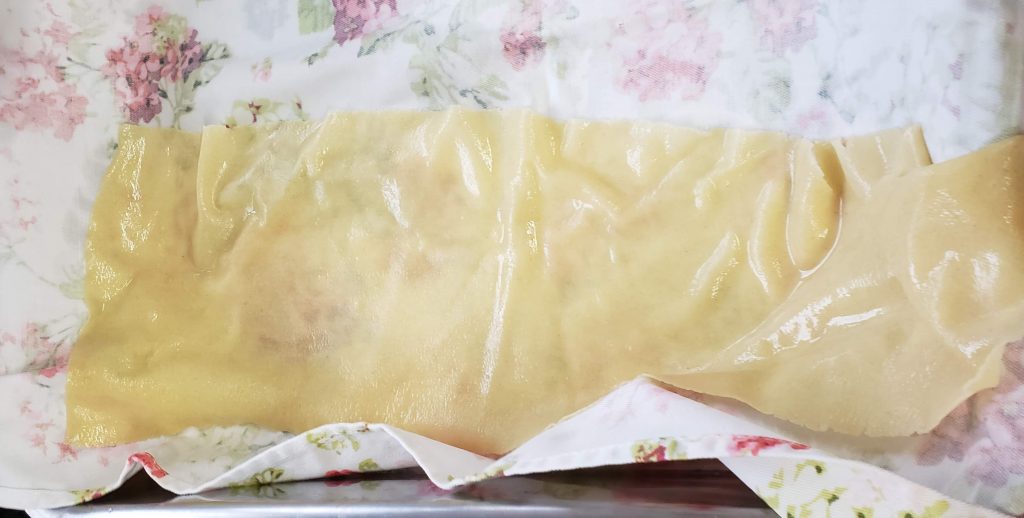
lay noodle flat onto a dishcloth to absorb excess moisture
5. In a 3-4 inch deep 9×13 inch (or larger) pan spread a thin layer of bolognese sauce. This will keep the noodles from sticking to the bottom of the pan.
6. Cover with a layer of noodles placed vertically in the pan (parallel to the long side).
7. Cover the noodles with a thin layer of bolognese. It does not have to be even, it’s OK to leave a few gaps so that some of the noodles are exposed.
8. Cover with a thin layer of béchamel. Again, the sauce doesn’t have to cover the noodles completely. Cover lightly with a small handful of parmesan.
9. Repeat steps 6-8 but making sure to alternate the noodle direction between vertical to horizontal between each consecutive layer. This alternate direction layering technique is also used when layering the coffee-soaked ladyfinger cookies when making Tiramisu. It ensures that the servings will come out as a perfect rectangle and not slide around resulting in a sloppy slice.
10. When you are about 1/4-inch (1/2 cm) from the top of the pan, stop layering and end with a layer of béchamel, bolognese, and parmesan cheese. Make sure you have enough to cover the entire surface.
11. Run a knife around all four edges of the lasagna pan to tuck the noodles back into the sauce. This is an important step. Otherwise, you’ll end up with crispy, or burned noodles stuck to the edges of the pan. Yuck!

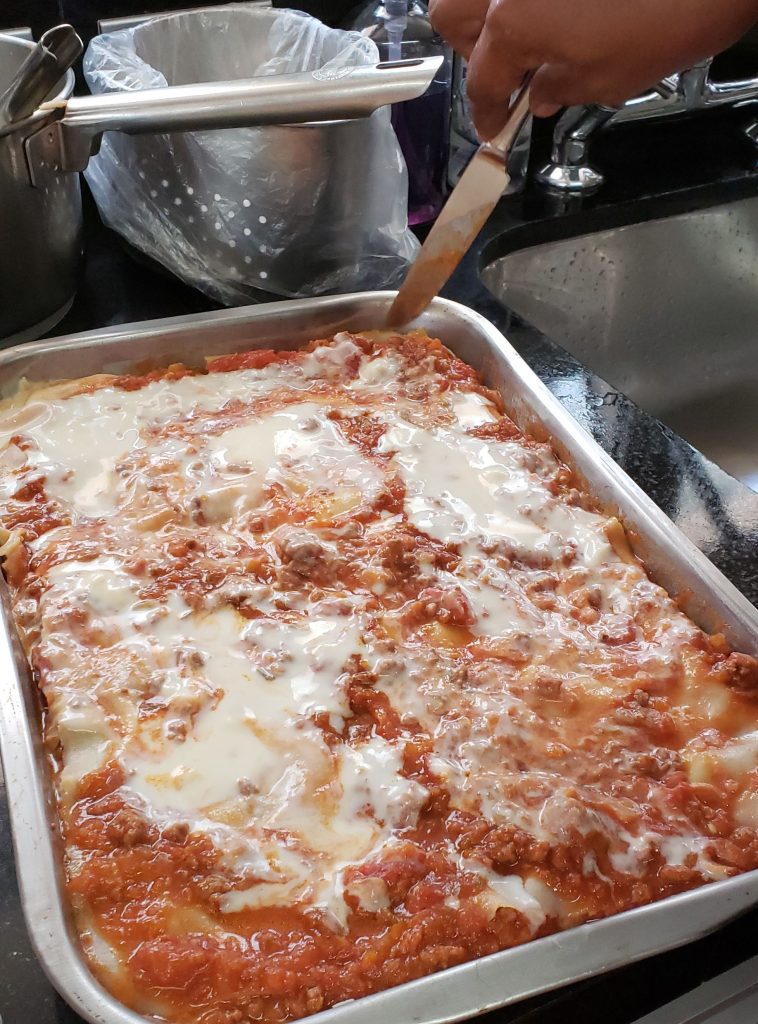
run a knife around the edges of the pan to push down noodles before baking
12. If you are using store-bought noodles, spray or lightly coat with oil a sheet of aluminum and cover the pan tightly with the oiled surface touching the lasagna. Bake in a pre-heated 375 F oven for 20 minutes, remove the foil and continue baking for another 10 minutes or until the top is lightly browned and the sides of the lasagna are bubbling.
13. If, however, you are using fresh noodles, bake uncovered at 350 F for 25-30 minutes until the top is bubbling.
14. If you wish to freeze the lasagna and serve it at a later date, bake it for 15 minutes and let it cool to room temperature, uncovered, for 3-4 hours before covering it with aluminum foil. At this point, you may either refrigerate (if serving within two days) or freeze it for a later date.
15. To re-heat after refrigeration, bake it uncovered at 225-250 F (100 C) for 20-30 minutes or until the top is bubbling.
16. To bake it after freezing, uncover it, and bake it at 350 F (180 C) for 35-40 minutes or until the top is bubbling.
17. Let it rest for 25 minutes before cutting and serving. It should cut like a piece of cake.
Written by Anju Kapur of Anju’s Table. All content and images on this site are copyright protected. Please do not use any of my images without my permission. Should you wish to share this recipe on your site, please add a link to this post as the source.
